By now, those who own any kind of business and promote it online are aware of SEO—or search engine optimization. But, it’s easy to get overwhelmed with the ins and outs of how to best optimize your content. Basically, you want to make sure that your content is not only recognized and indexed by search engines like Google but “favored” by them too. When search engines recognize your content as relevant and reputable, your content will start ranking higher on the search engine results pages (SERPs) when people search for related topics. The goal is to publish content focused on keywords and key phrases people are actually searching for. You can hire an SEO blogger or copywriter to help with your topic and keyword strategy.
But it’s not all about the words! Your visual content—photos, GIFs, and video—plays a big part in SEO too. As visual learners, most of us would much rather read an article with some visual content than a long, boring page of text. So, this post is about how you can use your commercial product images to help SEO. Plus, I’ll share a few tips on how to optimize your photos and make your posts pop.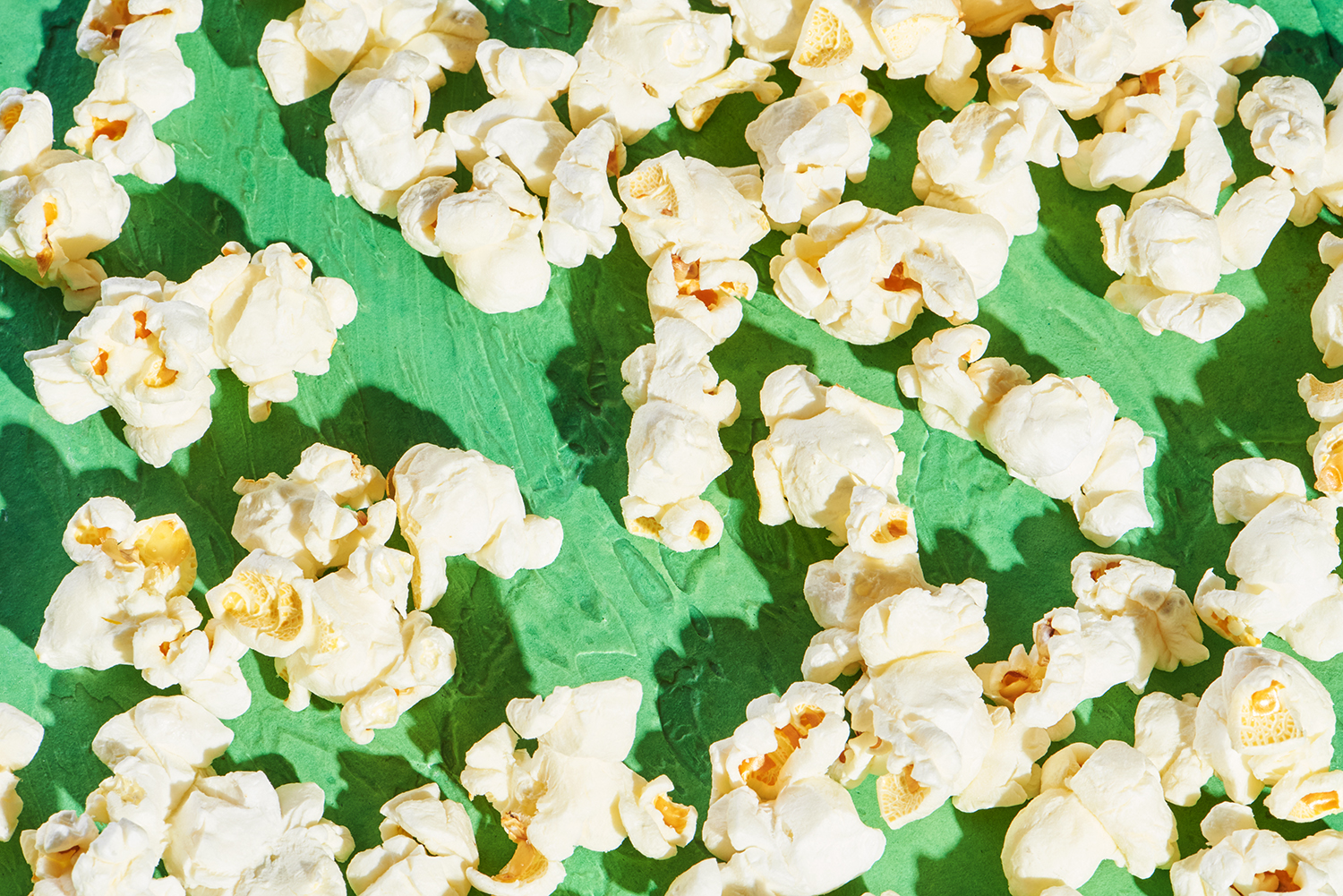
5 Ways Photos Help with SEO (and why you should avoid stock photos if possible)
You’ll Have More Images to Work With
Don’t limit yourself to subpar phone images. Those can work well for many things like social media stories and reels, but it’s wise to have higher-quality branded product images as well, especially on your website and blog. A collection of well-designed product images will give you more to work with as you design your website or write blog posts.

Add Eye-catching Visual Appeal
If you’re just entering the world of blogging or trying to step up your game, adding more images to your posts is a great way to make them stand out and attract more readers (and help SEO, too). Photos are a great tool for explaining your topic when words just won’t suffice. Images make your content more accessible, relatable, and appealing. They serve as visual props. And, it’s a great way to showcase your work if you’re an artist or creative. Images even help those who provide services by making you seem more trustworthy and relatable—they can put a face to the content and services you provide.
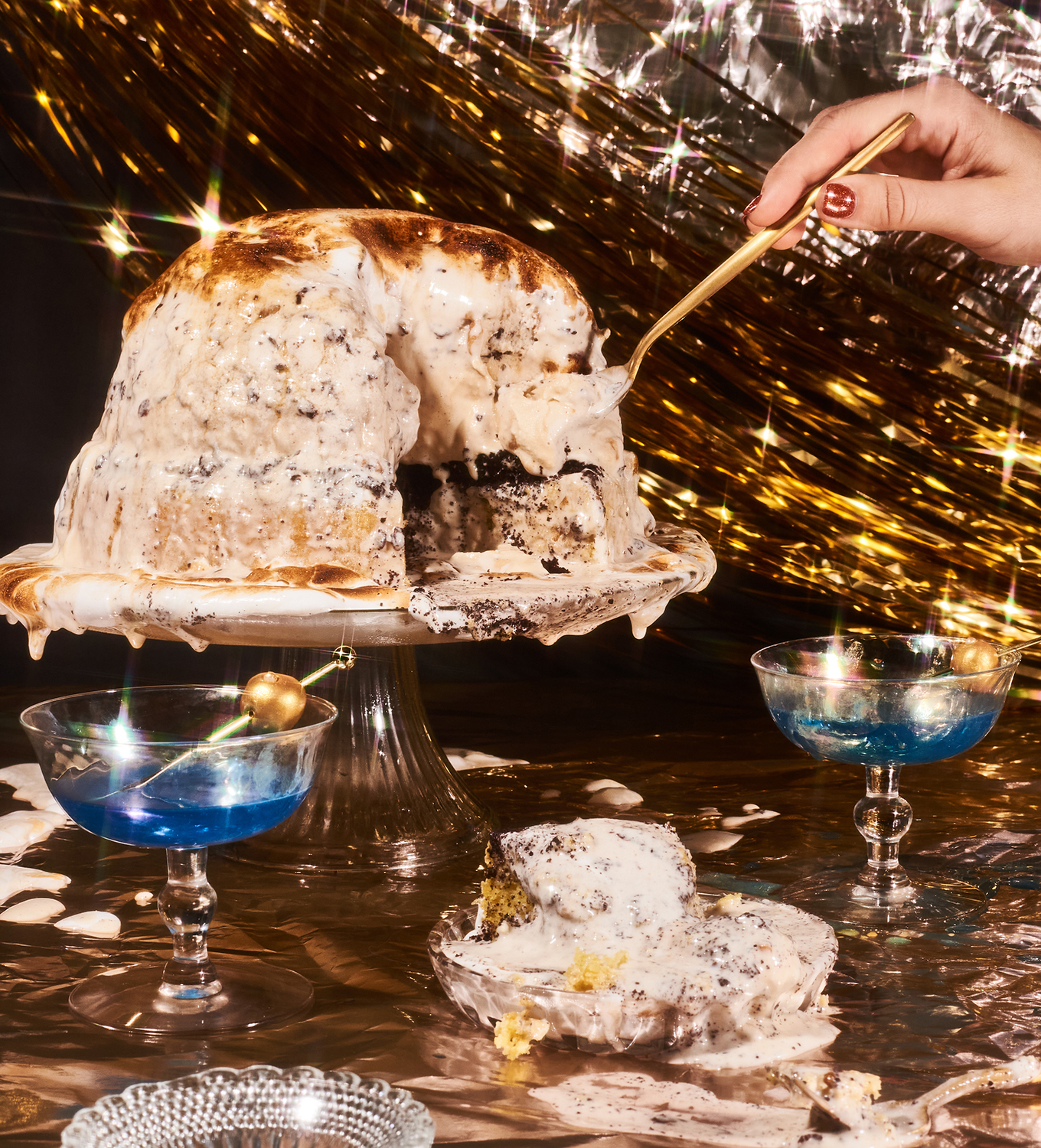
Search Engine Algorithms (like Google) Prefer Authentic Images
Sure, you could use stock images, but those (especially the free ones) are way overused, and search engines are “smart” enough to recognize that. Search engines prioritize unique, authentic images over stock images. Plus, professional images will more accurately represent your brand and attract your audience (search engines aren’t the only ones who recognize fake or generic images—your customers will too).
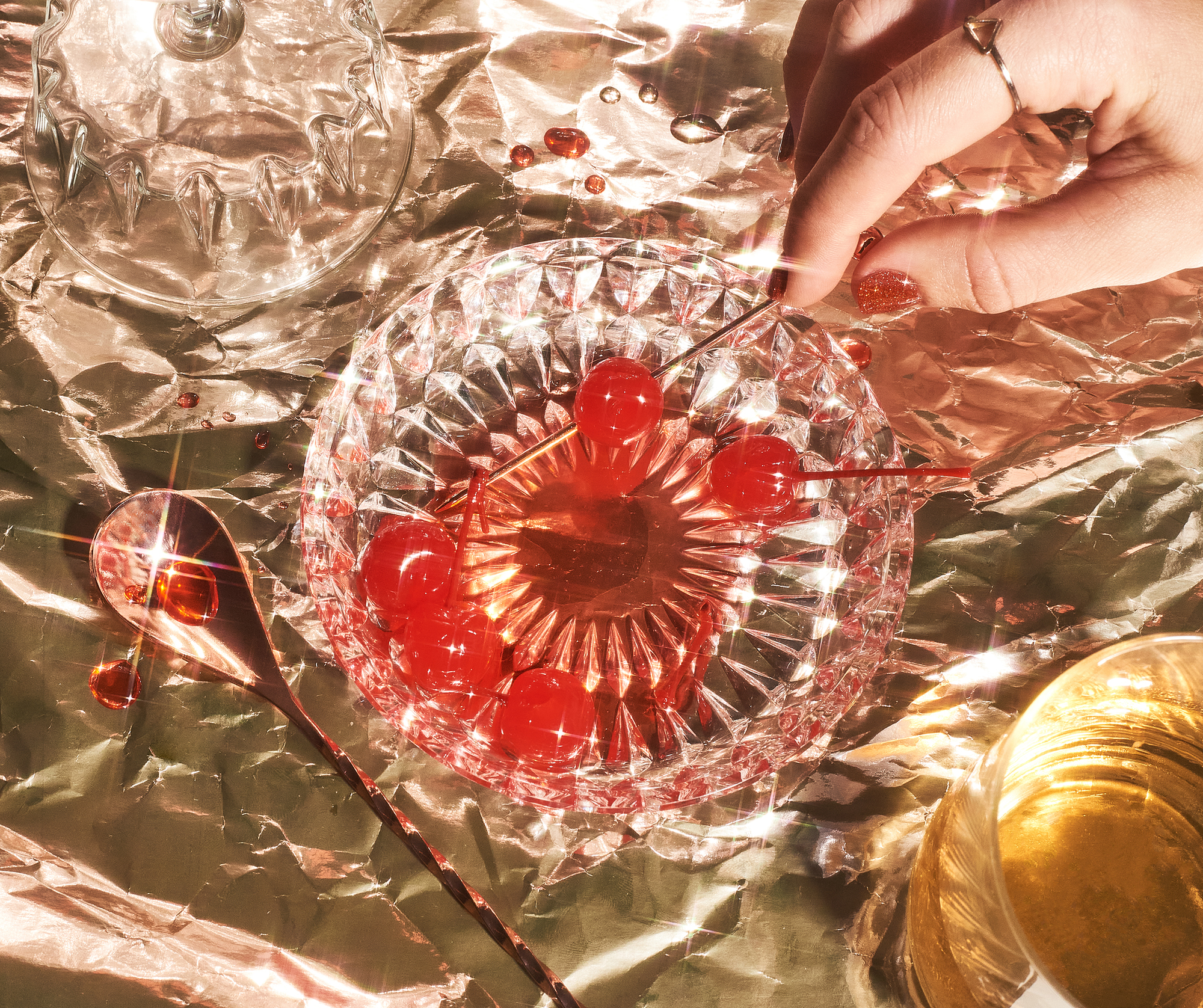
Enhance the Quality of Your Content
Back up your content with visuals. Quality photos, videos, or clips will make you seem more reputable and knowledgeable—a true expert on the topic. When you have quality content paired with great visuals, your SEO score increases as well.

Visuals Lower Bounce Rates
In other words, relevant, eye-catching visuals will keep people on your site longer, which tells Google that your page did in fact match their search results. However, when someone clicks away from your page in a few seconds, that lets search engines know that the searcher did not find what they were looking for on your page. If that happens often enough, your ranking will fall. On the other hand, you’ll move up in the search engine results pages the more people click on and read through your content. Photo and video content effectively keep people on your site longer.
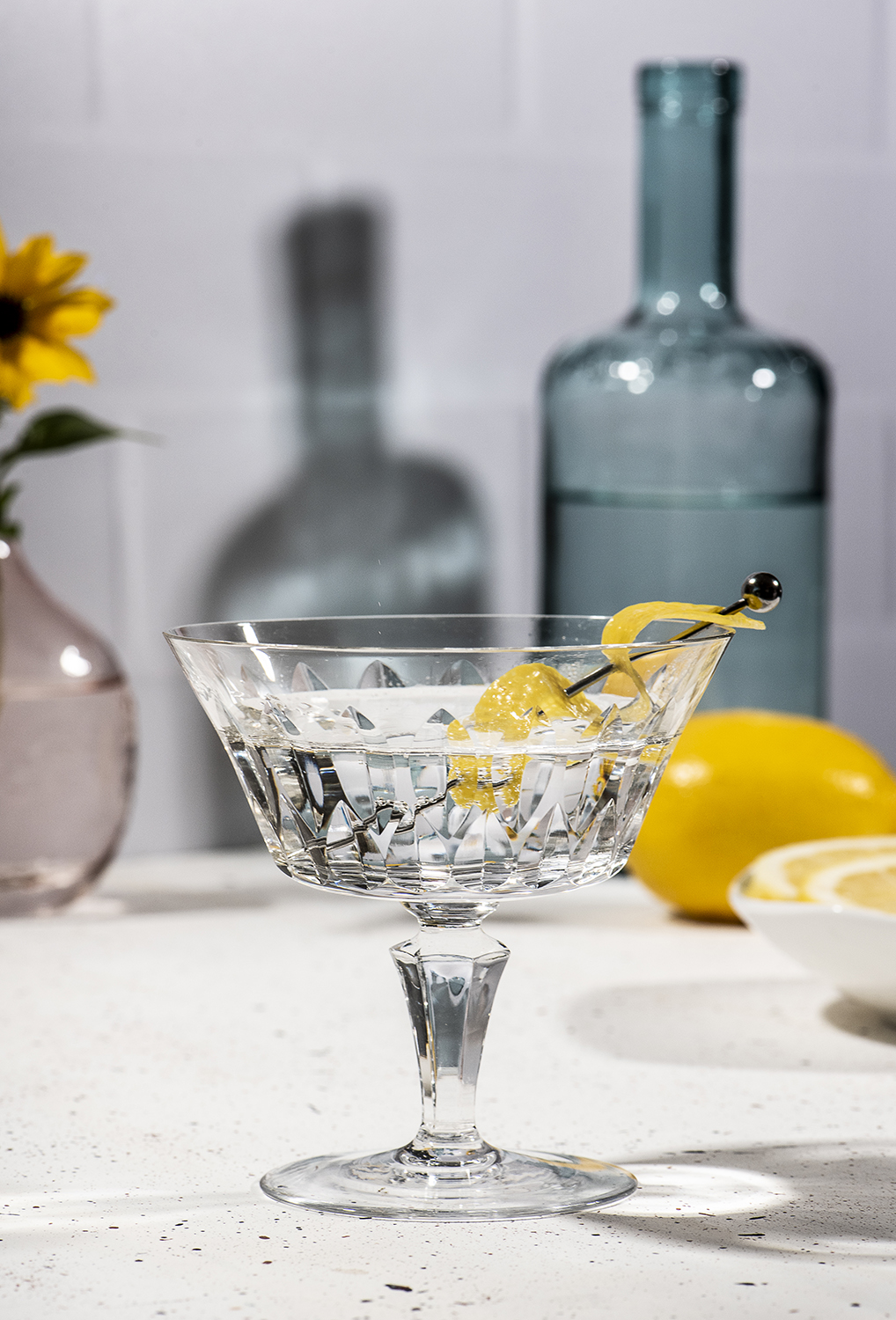
Tips for Optimizing Your Photos (Image SEO)
- Use high-resolution images.
- Make sure they’re in PNG or JPG format (usually JPG for photos, PNG for logos).
- Rename the image files with your SEO keyword or key phrase.
- Use a program like BlogStomp to format them correctly for your blog. This will create a uniform look and prevent distortion or pixilation.
- If you do use stock images…download them in high-quality PNG or JPG format and rename the files with your keyword.
- Add alt tags (sometimes call alt attributes, alt text—alternative text, or alt descriptions) to your images when you upload them into your blog posts. The tags should accurately describe the photo and should include your SEO keyword or key phrase. (Do not confuse the alt tag with the image caption or description—those are less relevant for SEO and more important for reader experience.)
- Give your post or page a featured image that will appear with your SEO post title and meta description (the short article description you see on the Google search results page). Don’t forget to add the alt tag to the featured image!
FOLLOW LINDSAY FOR MORE COMMERCIAL PHOTOGRAPHY TIPS
Lindsay is a Los Angeles food and product photographer. She specializes in Still Product & Food Photography, Lifestyle & Portrait Photography, Stop Motion, and Food Styling. Connect with her here for product marketing!
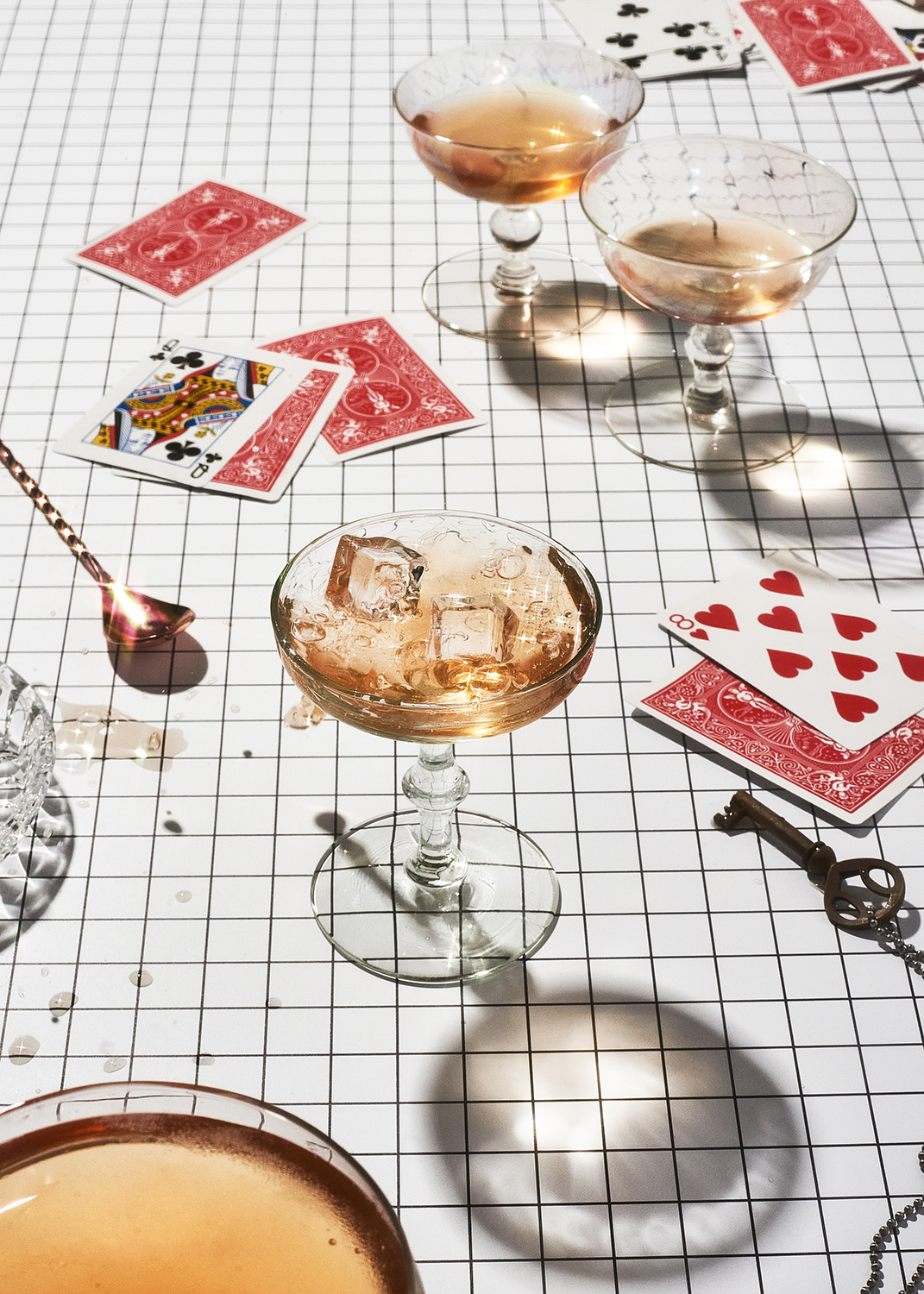
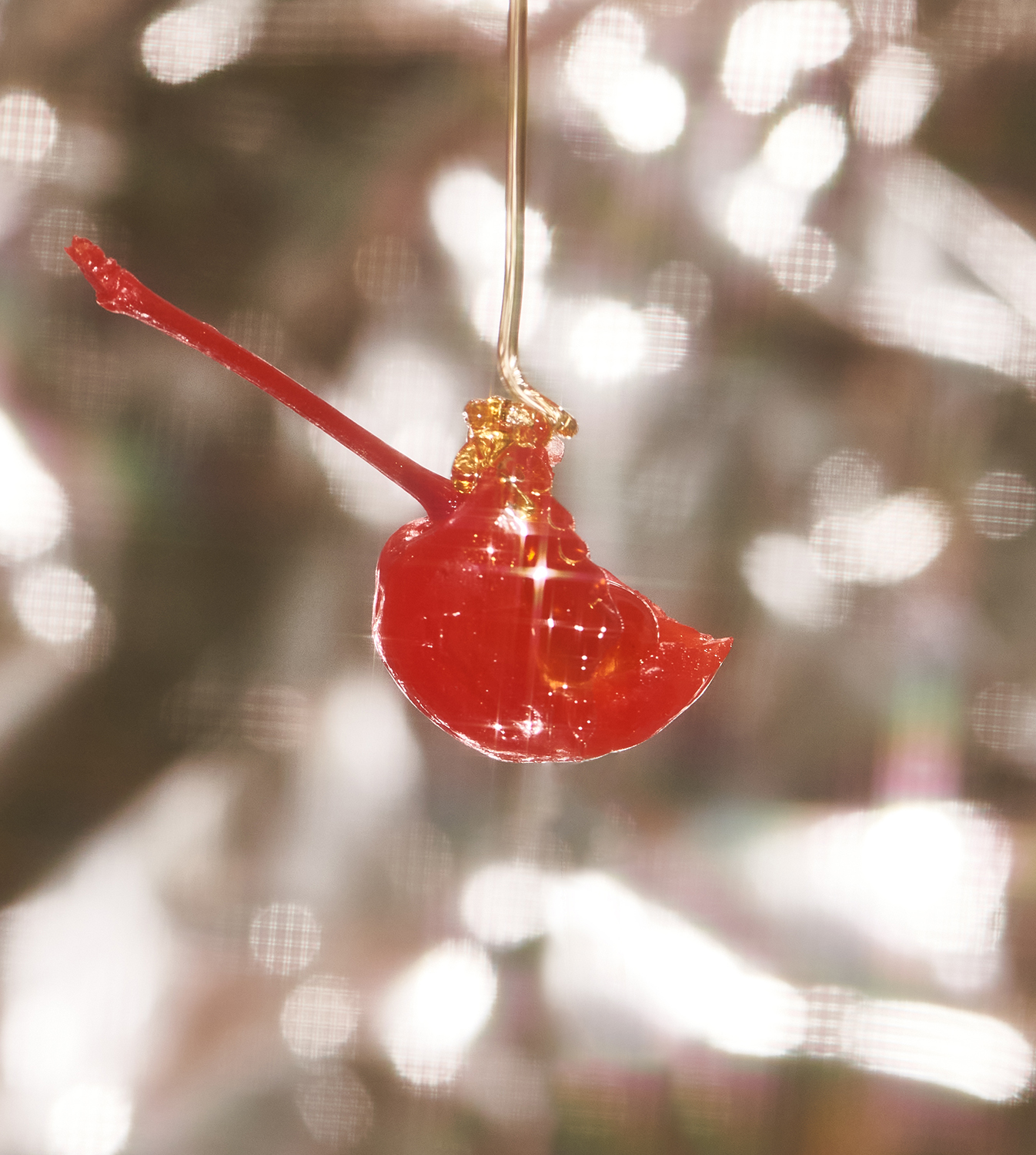
you said: